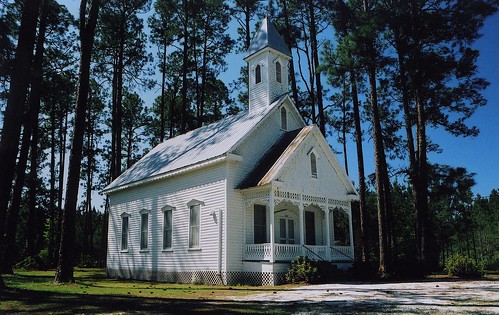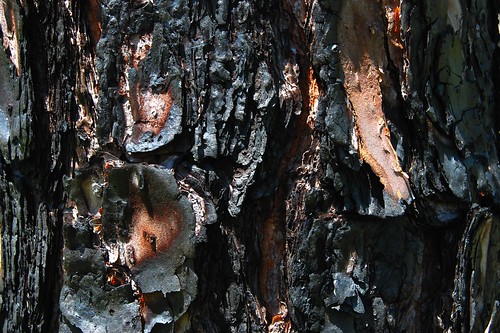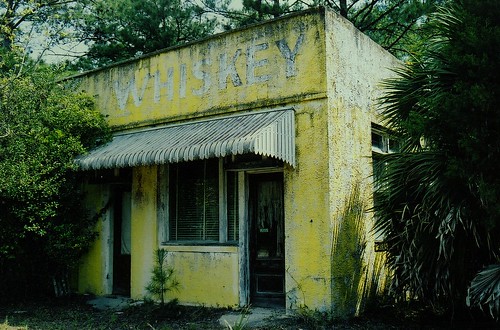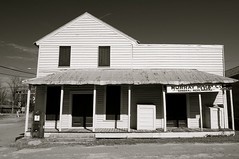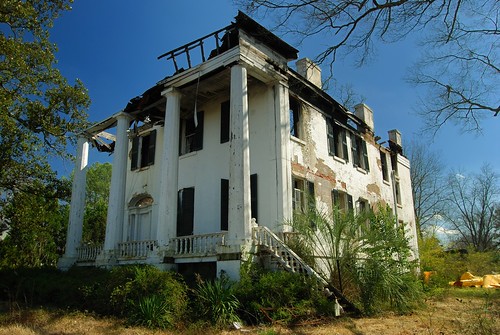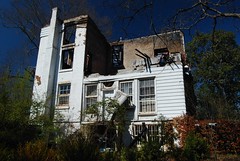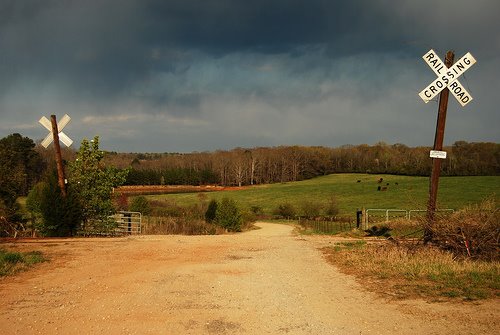 Toomsboro, GA [Wilkinson County]
Toomsboro, GA [Wilkinson County]
Toomsboro is located in the heart of Georgia on a railroad line that crosses the kaolin country between Sandersville and Macon. Once a booming little railroad town, it has an almost ghost town feel today - the general store, opera house, hotel and depot sit quietly in the hot Georgia sun silent reminders of the hustle and bustle that once characterized this town.
The Swampland Opera House, seen in the background of the photo aboe, was built in 1916, and originally housed a dry goods store and a bank. In 1975, Joe Boone, Jr. started the Swampland Opera House as a weekend venue for musicians throughout the southeast and each Saturday until 2000, a country, gospel & bluegrass music fest was held here. The building features a stage with theater seating, a restaurant, vintage bank with vault and a second-story loft with elevator access. The loft area was used as a movie theatre at one time.
The Murray Hall General Store and gas station was built before the Civil War, and was originally a whiskey store. Mr. Hall's sister taught first grade in Toombsboro for several decades. The store is locked up but according to locals still contains a good amount of original merchandise. There were plans to offer public tours to the store as part of the "Wilkinson Weekends" project, but I am not sure these plans ever materialized.
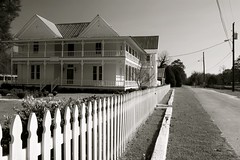
The Willett Hotel was built in the 1800s and has recently been completely restored. It features 16 rooms and 14 baths, refinished hardwood floors throughout, new central heat and air, high ceilings, extensive woodwork and many other vintage features. It was part of the Toomsboro package that was for sale a few years ago for only $ 695,000 according to some sources and a more realistic figure of 6,950,000 according to others.
The hotel was quite busy in the early years of its existence, when Toomsboro was an important railroad stop and had a lively economy. This is where mainly traveling salesmen and newly arrived teachers stayed.
The Central of Georgia Railroad line connecting Savannah and Macon County was built between 1835-1843. When the road was being surveyed, the citizens of Irwinton did not want it to run through their town for fear that the trains would run over all their livestock and children - the same reluctance, or hindsight, could be seen in Oglethorpe County's towns of Maxeys and Lexington. Irwinton, the Wilkinson County seat, was thus by-passed by the railroad; smaller stations along the road were originally known by their numbers such as 15, 16, and 17, standing for Emmitt, Wriley and Gordon respectively.

At first, there was no station at Toomsboro, with station 15 (Emmitt) only one mile to the east. Toomsboro emerged later; the first post office was established in 1859 and the town was incorporated in 1904. Today, Toomsboro has a population of 619 (2007). Trains, long ones at that, still pass through, but they no longer stop. This Norfolk Southern railroad line runs from Savannah to Millen to Tennille, through Toomsboro to Gordon and Macon, then from Macon to Columbus where it curves north and dead-ends in Greenville (GA).
 e year, the colonists' number had dropped by half: the land was not very fertile, the water sources were bad, and the colonists were plagued with disease. They quickly slid into poverty and in order to settle their debts, the Ware County sheriff auctioned off all there belongings thus forcing the colony’s demise 1901. All that is left today is a church standing in by the railroad tracks. It is hard to imagine that this once was a settlement that housed 240 people. The church is very pretty and well maintained, something to be thankful for I guess.
e year, the colonists' number had dropped by half: the land was not very fertile, the water sources were bad, and the colonists were plagued with disease. They quickly slid into poverty and in order to settle their debts, the Ware County sheriff auctioned off all there belongings thus forcing the colony’s demise 1901. All that is left today is a church standing in by the railroad tracks. It is hard to imagine that this once was a settlement that housed 240 people. The church is very pretty and well maintained, something to be thankful for I guess. e year, the colonists' number had dropped by half: the land was not very fertile, the water sources were bad, and the colonists were plagued with disease. They quickly slid into poverty and in order to settle their debts, the Ware County sheriff auctioned off all there belongings thus forcing the colony’s demise 1901. All that is left today is a church standing in by the railroad tracks. It is hard to imagine that this once was a settlement that housed 240 people. The church is very pretty and well maintained, something to be thankful for I guess.
e year, the colonists' number had dropped by half: the land was not very fertile, the water sources were bad, and the colonists were plagued with disease. They quickly slid into poverty and in order to settle their debts, the Ware County sheriff auctioned off all there belongings thus forcing the colony’s demise 1901. All that is left today is a church standing in by the railroad tracks. It is hard to imagine that this once was a settlement that housed 240 people. The church is very pretty and well maintained, something to be thankful for I guess.